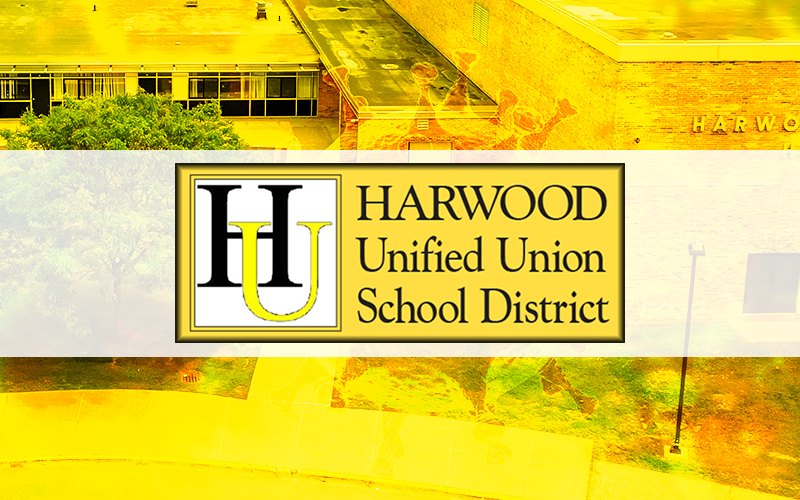The Harwood Unified Union School District (HUUSD) administration is preparing to launch an online academy for students who will not be participating in the district’s four to one hybrid learning model this year. While the administration will continue to open schools with a four to one hybrid learning model (in which students work from home four days a week and go to school one day a week), students can opt into the remote learning academy if they do not feel comfortable attending school in-person at all.
The remote learning academy will be staffed by HUUSD teachers. The administration is currently reaching out to over 20 staff members who have already requested leave for this year in hopes that they will be willing to work with the district as remote teachers.
As Nease mentioned at a school board meeting on August 19, the state passed legislation that will massively increase child care options in Vermont. “That mitigates the problems with teachers not having child care for their children,” said Nease.
The online academy is still in its preliminary planning phases. However, Nease has an idea about how it will run. “In grades K through eight, we expect a model of remote-only classes taught by our own licensed educators,” said Nease. “In grades nine through 12, we’re envisioning a college-type model where students will be engaged in VTVLC online classes.”
VTVLC
VTVLC stands for Vermont Virtual Learning Cooperative. VTVLC is an online academy staffed by teachers across the state. In order for students to participate, the district must offer teachers to the academy in exchange for student seats. This means that high school students in the HUUSD could have both classes with teachers from the HUUSD and from other districts. “We already have seven interested teachers,” said Nease.
For Nease and her team, the decision to create a fully remote option came after receiving interesting results on parent surveys that inquired about learning model preferences. One survey asked parents if they prefer a hybrid learning model, a totally remote learning model, or “other.” Of the 1,368 respondents, 73.2% said they prefer a hybrid learning model, 12.1% said they prefer a totally remote model and 14.7% said “other.”
Nease pointed out that if you combine the percentages from the “totally remote” responses and the “other” responses, there’s a chance that up to 26.8% of students won’t be attending school in the fall.
Another survey asked parents if they would enroll their kids in school if the district transitioned to a five-day a week in-person model. Of 1,544 respondents, 76.55% said yes, they would enroll their kids in school full time, 8.87% said no, they wouldn’t and 14.57% said “I am not sure at this time.”
While 8.87% seems like a small percentage relative to the other responses, Nease, who was able to read the anonymous comments that many parents sent in along with their survey responses, reported that parents in the “not sure” category were heavily learning towards no. Again, she pointed out, there’s a risk that roughly 25% of parents won’t send their children to school at all.
Finally, Nease reported that 23% of parents in the HUUSD would elect a fully remote learning option for their children. This number is similar to the statewide average of 22% who prefer fully remote learning.
Thus, with this data in mind, Nease and her team decided to create a remote academy. “Our team really discussed this a lot. It’s hard to create everything for everyone,” said Nease. “But we know that the best online academy will be staffed by our own teachers. That’s what we’re going to do. We’re going to figure out how to build this academy. It’s in development and we feel confident that we can figure something out.”







